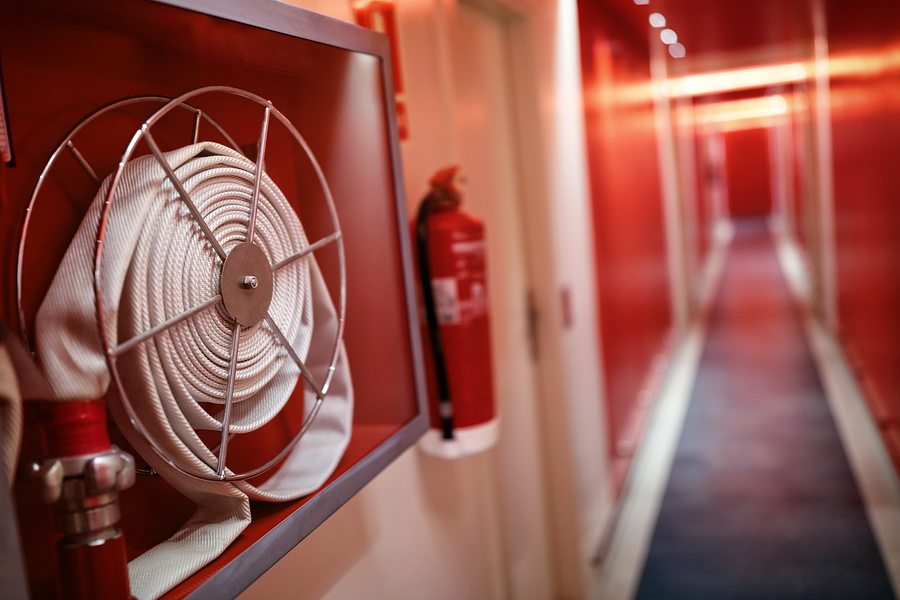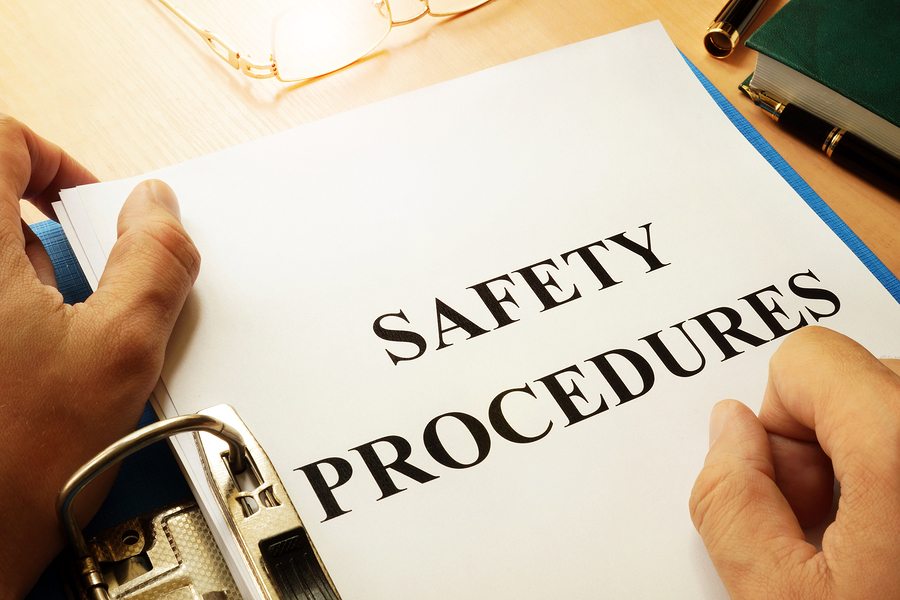Office fires are responsible for approximately hundreds of deaths each year and thousands of injuries. That’s according to the Occupational Safety and Health Administration (OSHA), tracking workplace safety and hazards. OSHA identified inadequate prevention measures, inaccessible exits, and poor training likely contributed to these numbers. Many fires can be prevented and the right training can help employees escape in case of danger. Evaluating current fire prevention measures, equipping facility and staff with responsive equipment, and incorporating employee training can all help reduce risk and injury from office fires.
1. Evaluate
The first step in improving fire response and prevention is to inspect and evaluate the workspace for any potential hazards for causing fires or preventing escape. Be sure to check:
- Electrical wiring. Overuse of extension cords and power strips can lead to potential fire risk. They also create trip hazards. Seek safe and permanent solution for electrical needs.
- Storage. Flammable materials have special storage instructions for preventing fires. Establish safe storage and ventilation procedures around the office or job site.
- Smoking areas. Designated smoking areas and cigarette-butt collection containers reduce the risk of accidental fire.
- Tools and appliances. Some tools and appliances have greater electrical requirements which may contribute to electrical fires if used in an unsafe manner. Check for the UL safety mark before turning plugging tools and appliances into electrical sockets.
- Exits. Check for the proper number of building and room exits and clear for ease of use.
- Emergency lighting. Check emergency lighting for function.
After evaluating current measures and practices improvements and additions can be made.
2. Equip
Lighting, sprinkler systems and alarms, and fire extinguishers all contribute to workplace safety. Depending on the size and layout of a workplace a combination of safety measures may help reduce risk. Fire extinguishers are an affordable and simple way to improve employee safety and reduce the risk of fire.
Different types of fire extinguishers are available for fighting different types of potential fires in the workplace. Individual requirements will help determine the right type of fire extinguisher for the workspace:
- Type A: Fights fires made from wood and paper materials.
- Type B: Extinguishes fires caused by flammable liquids such as gasoline, oil, and industrial solvents.
- Type C: Fights electrical fires.
- Type D: Fights fires related to combustible metals like magnesium, potassium, and titanium.
- Type K: Fights kitchen and grease fires.
Follow the regular maintenance schedule to keep fire extinguishers operable and ready in case of fire. Maintain access to fire extinguishers at all times.
3. Train
Equipment and training go together. Teach staff on fire responsive measures and hold regular safety training to keep employees safe. Employee fire safety training can be structured to include training on:
- Finding and triggering fire alarms.
- Locating and identifying safe exits.
- Selecting and operating fire extinguishers.
Employers and staff should always place safety first. Train employees to evacuate any time they feel unsafe, the fire is too large, or exit may be threatened by remaining.
To learn more about workplace fire prevention and for other safety information, contact an agent. Fire prevention affects insurance premiums and coverage. Add safety measures and reduce risk. For more information about commercial fire insurance or for answers to insurance questions, call today.


